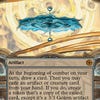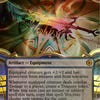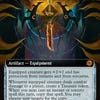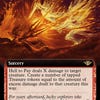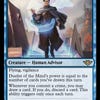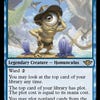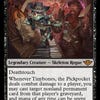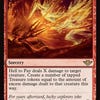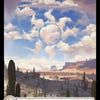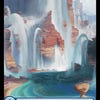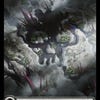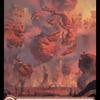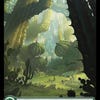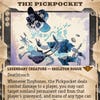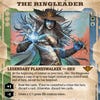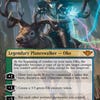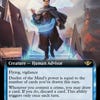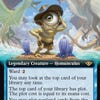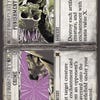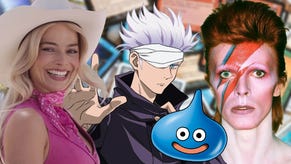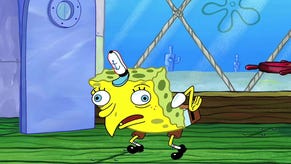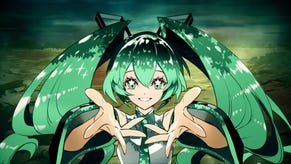Magic: The Gathering’s Outlaws of Thunder Junction ends up a soulless gimmick in a cowboy hat, even if its cards are a crack shot
The Good, the Bad and the Ugly.
The latest Magic: The Gathering set wants us all to don a cowboy hat, saddle up a partner and do-si-do. That’s right, Outlaws of Thunder Junction is a Wild West set, which means Wizards of the Coast has been giving away cowboy hats like a hen party. Frankly, it’s all a bit weird.
The general vibe of the new set is all a bit off. Normally, an MTG plane is filled with characters, mechanics and even magics that fit that specific world; Innistrad is filled with famous vampires, werewolves and zombie-crafters, while Kaladesh has artificers and vehicles galore.
Outlaws of Thunder Junction is home to some original characters but, for the most part, its characters all hail from other places because of the Omenpaths, special portals that let Wizards of the Coast put characters that will sell packs into a set and then play dress-up. That sounds cynical, but it’s hard to view it as anything else.
The result is that Outlaws of Thunder Junction doesn’t feel as well-considered as any other MTG plane or the sets they inspire. Instead, it feels like everyone and their mum has ordered one too many cowpoke-themed cosplay items and are just wearing them for fun. The story is still there and aims to justify it, sure, but it feels so trite when you compare it to the momentous crossover that was March of the Machine, which made all of the characters showing up feel special.
That thematic letdown is a bigger shame because Thunder Junction’s mechanics are otherwise spot on.
The mechanics here are incredible. It’s just a shame the character of the set makes it feel so gimmicky.
Two of these mechanics basically re-flavour things you’d do in a normal game and then give them a fancy name, rewarding you for indulging in them. Outlaws is a collective term for assassins, mercenaries, pirates, rogues and warlocks. (Mercenaries and warlocks being here is perhaps a little off, but maybe it needed a boost.) Then there’s committing a crime, which happens more or less whenever you target an opponent or anything they control with one of your spells or abilities. It’s good stuff.
Spree is a new take on modal spells that allows you to cast as many of the options as you want as long as you’ve got the mana to do so. Each one essentially combines three spells into one card - that’s always a good thing when it comes to building a deck and being creative. There are also mounts, which can be saddled to activate additional effects if you tap a creature with power equal to the saddle number. It’s novel - a bit like vehicles, but fleshy.
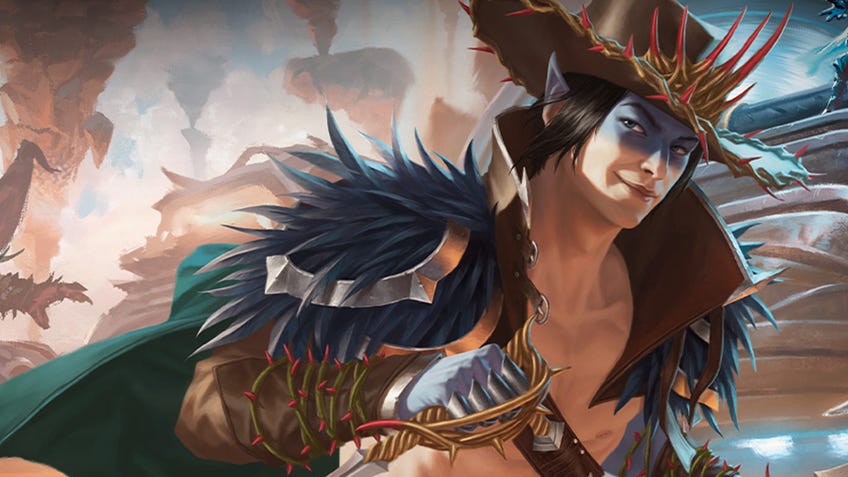
Our favourite new mechanic is Plot. Plot allows you to essentially cast a spell, but then use it on a later turn. It’s a bit like Foretell from Kaldheim, but with no secret costs later on. On the one hand, your opponent can see what’s coming but, on the other, they can see what’s coming. That threat can influence the game, and manipulating the psychology of a game is always a blast.
So, the mechanics here are incredible. It’s just a shame the character of the set makes it feel so gimmicky. This is the first “showcase set” we’ve seen, a new kind of Magic: The Gathering set that aims to make the most of the multiverse by having everyone’s favourite characters all in one place. That’s why, outside of story reasons, this set is filled with characters like Jace, Vraska, Kellen, Gisa, Geralf and Tinybones.
In what world do we need 43 new potential commanders in a non-Commander set? Commander players are already well-fed; please stop overfeeding us, thank you.
There’s nothing inherently wrong about putting all of these characters in chaps, but it really does feel as though MTG is continuing along the path of “what if we made everything Fortnite” that started when the Universes Beyond crossovers took hold.
We like the Universes Beyond sets, for the most part, but they’re meant to be a bonus, not the core way MTG is played. When you start adding in gimmick sets like Outlaws of Thunder Junction, it all just feels a bit soulless. The storytelling just doesn’t feel as impactful, and it leans into a complaint we’ve had about sets for a long time now: this feels geared towards Commander players.
We love Commander here at Dicebreaker. Seriously, we love Commander. Most MTG players love Commander actually, because it’s the most popular MTG format - which means statistically most players sort of have to love it or the mathematics stop making sense. However, not every set needs a list of legendary creatures as long as this. Thunder Junction has a total of 51 legendary cards in it, with 43 of those being creatures. In what world do we need 43 new potential commanders in a non-Commander set? Standard sets should be for Standard, especially given that we get Commander decks with every set now anyway. Commander players are already well-fed; please stop overfeeding us, thank you.
As a minor final gripe, did you know that this set has five set symbols in total? There’s the normal one, there are The Big Score ones, Breaking News ones, Special Guests and Commander cards. Is that really necessary? There’s already a serious issue with card readability as is with all the different treatments and styles that come in with every set - do we really need a bunch of new set symbols as well?
Outlaws of Thunder Junction is a rootin’, tootin’ Magic: The Gathering set from a mechanical and play sense. However, pretty much everything else about it feels off. The characters are shoehorned in, the volume of legendaries is simply overwhelming and it feels almost overdesigned. Many MTG sets include some of these complaints, but this one feels like the most glaring example of this disconnect in its totality.




